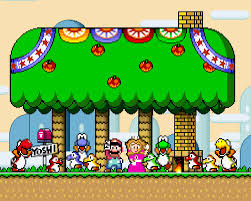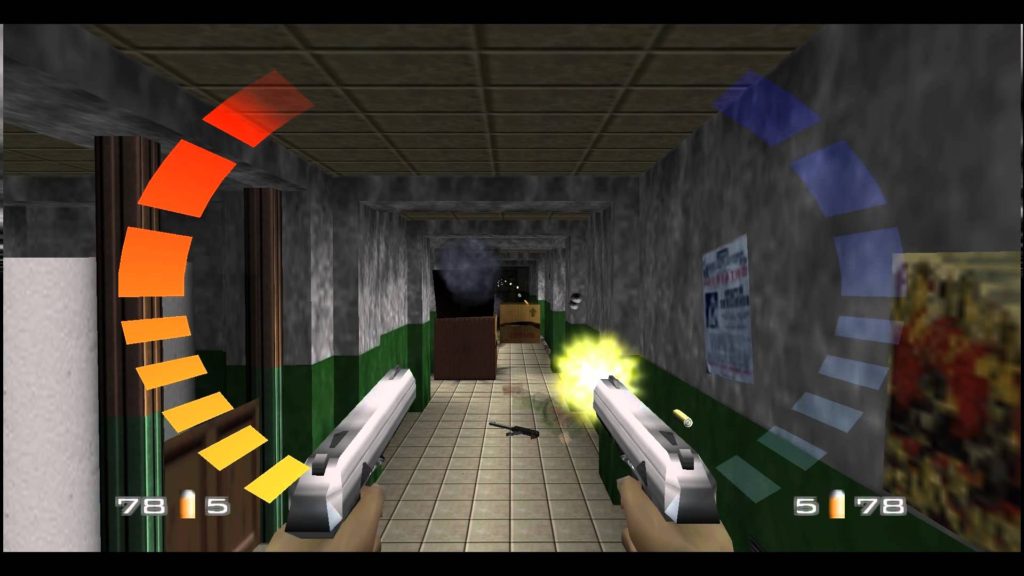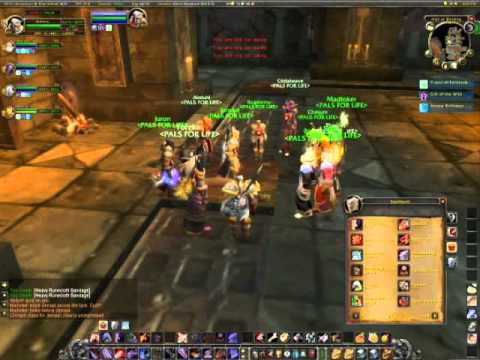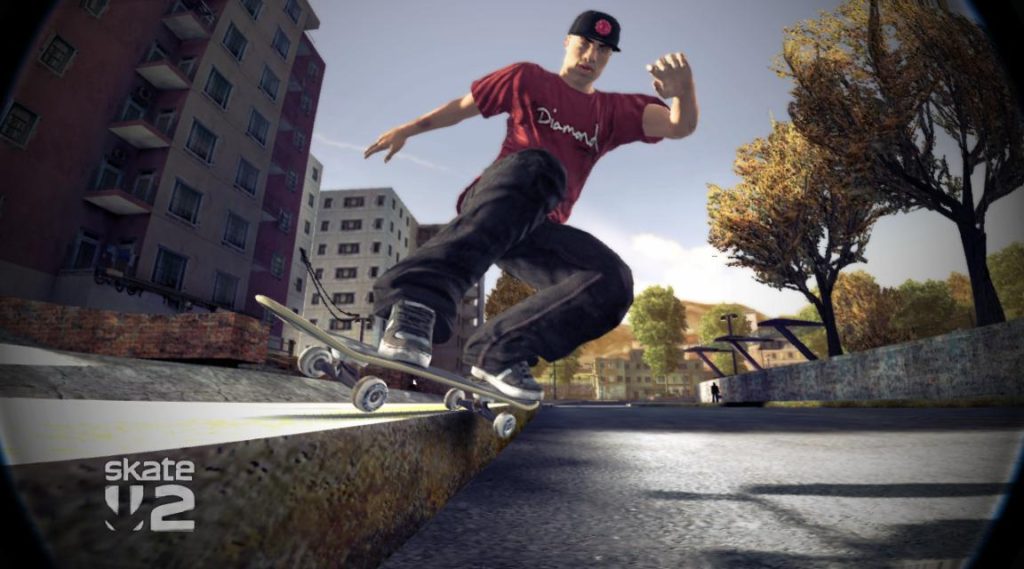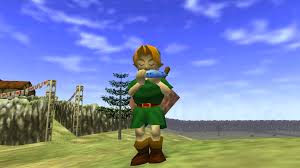Retrogamer: Old Romance and Comfort Foods
Michael B. Tager
I’ve been playing Romance of the Three Kingdoms since 1994. I’ve owned several versions, on the PlayStation, the Saturn, PS2, and PS3. There’s something about going into a city screen, instructing the PC to improve agriculture or city walls, then meeting with NPCs for wine just before marching to war against a nearby city-state that appeals to me. It’s a weird kind of humanity.
Romance of the Three Kingdoms is a long-running series with thirteen iterations, spanning 1985 through 2016. The premise never varies: playing as one of the over 250 characters in the game you attempt to unify China. It’s a world-building, army-fighting, character-recruiting epic. Characters age and die, alliances are formed and broken. Besides the insertion of magic (a device of the historical novel from which the series is adapted), it’s based in the real world, on real events that happened in China from 196 AD until 280 AD. It was an era of civil war that resulted in three rival kingdoms: northern Wei, South-Eastern Wu, and South-Western Shu, ruled respectively by Cao Cao, Sun Quan, and Liu Bei.
Historically speaking, Wei, usurped by the Jin dynasty, unified China. Historically speaking (for me), it was the basis in reality that made Romance resonate. Liu Bei really lived and died, a failed hero. So did Cao Cao, the main unifier of China, and even Lu Bu, the traitor. Each character (again, over 250 of them) has a brief bio to click on, to teach their segment of history.
The newest version, Romance XIII, is a brilliant game, hard and beautiful with new features I adore (I love that newer versions allow the player to be any character, not just rulers). By all rights, I should only be playing the most recent game. But I don’t. Mostly, I play Romance of the Three Kingdoms IV: Wall of Fire on the PlayStation. It’s the first one I encountered and I’ve spent hundreds of hours on it. But I don’t play it for enjoyment, not exactly.
Recently, I went through difficult times. Aside from the depression that I’ve ignored (until recently) off and on, for my entire life, there’s simply been a lot of death around me. And my moods have been the blackest of my life. And it was during this period that I found myself unmotivated to start anything new, but craving Romance IV. And when I played, when I allowed the hours to tick by in my measured domination of ancient China, I found myself feeling better. Not a lot, necessarily, but marginally. Enough to get myself out of the house to work, to meet friends, to work out. To show up to life.
It’s like I needed a hint of comfort, a way to drain my brain of negativity and fill it with…emptiness. A comforting emptiness, a zen-like relaxation. It wasn’t a state I needed for long, just a temporary pit spot on the way to happier times. But I realized that, over the years, I’d dipped back into Wall of Fire precisely during these hard times, when I needed that brief boost. It was soothing, comforting, a warm bath.
When I discovered my motivation, simple and unmemorable as it may be, I wondered about other people’s. Why do we return to these games we’ve utterly mastered? To answer that question, I asked seven other writers what their “comfort food” was.
This is what they told me.
Dance Dance Revolution (Arcade)
by Anthony Moll
I am no longer the 16-year-old boy with bleached hair and pierced face who spent hours on end playing Dance Dance Revolution in the arcade of a shitty hotel-casino in Reno, Nevada. My body is no longer thin and unhindered, my feet no longer flick effortlessly along to late-90s techno and world beats. I am no longer a twink with punk rock leanings. Now more than double that age, I am a writer and academic, on medication to control my cholesterol. I’m not old, but I can no longer call myself young.
Like many living in the mid-Atlantic region, I find myself visiting Ocean City at least once during the summer season. The boardwalk there is typical of gaudy American tourism—saltwater taffy and visiting suburbanites, t-shirt stands every hundred yard selling tees with slogans like YOLO or Less Government, More Guns.
But the boardwalk also has arcades, and at least one keeps an old DDR machine. I make an effort to visit each year. I am only now realizing how restorative this annual tradition is, how much my body needs to be reminded of its history.
In America, where people of all backgrounds obsess over youth culture, we call the discomfort of aging into one’s thirties a “crisis.” For many queer men, this period can be especially disorienting, as we find ourselves struggling to find our place in subcultures that agonize over being small, young, and fit.
I am not immune to this obsession, but playing DDR reminds me that I can still move. I can still react. My body is still strong, and I do more to take care of it with each passing year. I don’t pretend that a dancing video game makes me young again, but for a moment each year—the length of three songs for a dollar—I move my body in a way that reminds me that I have not lost much, and I have gained both experience and taste as I’ve grown into adulthood.
Anthony Moll is a queer writer and educator who grew up during the 16-bit generation. Follow him at @anthonywmoll.
Harvest Moon 64 (N64)
by Tabitha Blankenbiller
Harvest Moon 64 is a pixel-rendered love letter to melancholy, opening with a cut scene on your grandfather’s deathbed. In the background, a MIDI melody evokes the inevitable churn and crush of seasons. You inherit his farm in a Japanese mountain village and are tasked with bringing the blank, fertile space back to life. This is a place where generations have lived and died like perennial plants, returning in the legacies of their children. It’s a town where vocation defines personality: Karen at the vineyard is “sassy,” Ellie the baker is “sweet,” Maria the librarian is “shy,” and Popuri the flower shop attendant is debatably sentient. The avatar’s blank back story—he’d grown up in “the City” and hadn’t visited this close-knit community since childhood—were thin lines I rendered with my own small town ennui. My family moved from “The City” of Tacoma, Washington up to Mt. Rainier’s foothills when I was 12, and in the three years between the relocation and Harvest Moon’s release, my trepidation over our new home blossomed into hate. I blamed the new tiny town for my loneliness, boredom, awkwardness, and inconsequence. Harvest Moon was a meditation set in the world I claimed to despise, and I visited every day for hours. There was a strange excitement in slowly building a life, and the way pushing a button to water the plants mimicked nurture. I crafted the quickest, most efficient method to riches (investing in cows and corn) and learned the hiding spots of all the rare items scattered around the limited world. I lived enough lifetimes to woo and marry every girl in town. I savored the night a mysterious visitor showed up at the bar, knowing she’s programmed to never return. The routes I created through this mirage are still in my muscle memory when I sink back into the game, every few years in a dark stretch of boring winter, as my 20-year-old N64 grows ever glitched. I still tear up when I hear the opening song, the electric notes dredging up all the old drafts of myself playing a dozen versions of this boy on his farm. The beautiful boundaries of the town reflected what I couldn’t appreciate until I moved away to a new City for college, then grew up and moved back to another Nowhere. Harvest Moon teaches the peace of structure and the weary sadness of finite youth; the mortality of The City against the Mountain.
Tabitha Blankenbiller’s work has been featured in Barrelhouse, Hobart, Vol. 1 Brooklyn, The Rumpus, Electric Lit, and elsewhere. Her debut essay collection Eats of Eden is forthcoming (Alternating Current Press). @tabithablanken
Super Mario World (SNES)
by Catherine Kyle
Super Mario World was the third game I ever got, after Albert Odyssey for the Sega Saturn and a Sailor Moon fighting game for the SNES. At age 10, I came home from school one day to find my dad playing, clad in pajamas, bare toes pressing into the carpet with each of Mario’s jumps. “Surprise,” he said casually. He loved gaming as much as I did, but we were only just learning this.
In Understanding Comics, Scott McCloud argues, “The more cartoony a face is, […] the more people it could be said to describe.” Thus, generic faces are easier for viewers to project themselves onto than highly detailed ones. I think the same could be said of interactive stories.
The plot of Mario is pretty straightforward: a monster has abducted a princess and it’s Mario’s/your job to rescue her. Though Mario is an adult male plumber, he and his story are generic enough that a tween girl and her sommelier father could relate to him. And not just relate to him, but take advantage of the story’s simplicity to fill in gaps with their imaginations.
Playing Mario as a kid felt like going on a quest. Not just one I was experiencing vicariously, but one I was actively co-creating by heightening drama, inventing backstory, and adding dialogue in my mind. The sparseness of the narrative provided by the creators launched flights of imagination I still recall—and enjoy—to this day.
Catherine Kyle is the author of Parallel (Another New Calligraphy, forthcoming), Gamer: A Role-Playing Poem (dancing girl press, 2015), Flotsam (Etched Press, 2015), and Feral Domesticity (Robocup Press, 2014). www.catherinebaileykyle.com
Goldeneye 007 (N64)
by Steven Leyva
Growing up in Houston, Texas, under its ubiquitous humidity and sprawling beltways, I spent many hours during the summers walking between two friends’ homes to play N64’s GoldenEye 007. The three of us, James, Brentley, and myself, could affectionately be called late90s blerds, though we also played basketball and did step team and various other machismo-inspired activities. Playing video games, however, was our raison d’être—that and James had an older sister was as fine as Tisha Campbell in House Party—and our game of choice was this FPS masterpiece, where you could drop proximity mines, duel with slaps only, and fire rocket launchers all in the guise of characters from the Bond movie canon.
GoldenEye was the like the ¼ pounder w/ cheese of video games, instantly satisfying and available at all hours of the day. Looking back, however, we probably treated those gaming sessions as a poor person’s summer camp. Each of us lived in separate but nearby apartment complexes; each alone most of the day while our mothers worked. We were unabashedly poor in our detailed ironing of secondhand jeans into starchy perfection. Lord only knows how any of us even owned a Nintendo 64 at the time. There was something democratic and communal about GoldenEye, where the multiplayer was so superior to the story mode. Marx is probably playing it right now in the afterlife.
And sure there was a gladiatorial aspect to the whole affair, where our currency was acknowledged defeat and the rites of trash talk, but mostly I think we felt a sense of naked joy in wasting time. For that pleasure, I remain a glutton. These days I “play” GoldenEye, by watching Let’s Play videos on YouTube with my 6-year-old son, while wondering if he will have his own clique of bad blerds to Bond with.
Steven Leyva was born in New Orleans and raised in Houston, Texas. He is the author of the chapbook Low Parish and teaches at the University of Baltimore.
World of Warcraft (PC)
by Tara D. Gillespie
I was a huge LOTR nerd. So, to say I felt at home running around a fantasy world as a bronze-armored wood-elf warrior is an understatement. It felt destined, in fact, because it had always been a far-fetched dream of mine. I’m still kinda waiting for my letter from Hogwarts because I’d be badass at spell casting.
When I discovered the World of Warcraft it was like Everquest, but WAY better. The colors were brighter, the music was soulful, the storylines were intense and emotional; there were maps! The time in-game seemed endless, questing, pursuing specific gear or pets, working on reputation and professions, fighting in PVP grounds, accumulating achievements, analyzing talents and my toon’s DPS output, and exploring two continents.
Fast-forward twelve years and I am still invigorated by the dooming bass drums and the heroic blares of horns that echo from my login screen. Sure, I played Frozen Throne, some Starcraft, and most recently dabbled in Overwatch, but I always feel the magnetic pull to play WoW. I don’t have a lot of free time nowadays with a toddler and grad school so, if I’m going to game, I’m going to play what I enjoy the most.
After playing WoW obsessively for years I’ve become emotionally attached to the world and my main character, a Night Elf Hunter named Tinweaura. We’ve spent a lot of time together, she’s seen me through break-ups and my chaotic twenties where I had no idea who the hell I was. If I felt lost IRL, I could always login where I felt sure of my actions and goals.
When I login now, I recognize my history; where I’ve been but also how I’ve grown. My friend’s list is a blur of inactive, greyed out names: old boyfriends and friends who I’d convinced to play, but who no longer play, mimic those relationships in real life. Where I was once concerned with being the best, insecure, if I didn’t use every opportunity to play to demonstrate I was a valuable player, I’m now at peace with logging in once in a while, sometimes just to take a fantasy-break amongst the pink cherry-blossom trees in Pandaria, or on top of an icy mountain in Northrend, or if I’m feeling really nostalgic, maybe fly home to the great tree island of Teldrassil because, really, who the fuck cares. The game will always be here.
Tara D. Gillespie is a fiction writer in the University of Baltimore’s MFA program (Huzzah!). She spends her time writing, trying to keep up with her toddler, Alice, and drinking dangerous amounts of coffee.
Skate 2 (PS3)
by Joel Hans
Skate 2 plays to some of my deepest obsessions: a respect for skateboarding as sport and art form, my love of steep learning curves, my endless desire to explore a territory. I’ve found myself cringing at the Hall of Meat, where the sounds of breaking bones are tallied into a score. That feature always fascinated me, to see pain made both objective and the objective.
Those crashes remind me of when I was a teenager, terrible at taking falls on my own skateboard, and how my left elbow received consistent blows, equipping me with an impressive swellbow.
I was fascinated by Skate 2’s approach to physical pain. After a crash, pressing L1 and R1 together teleports back in time and space to right before a fall. And there were certainly times I wished for such a feature in real life, to go back before the gap ollie where I caught my back wheels in the grass, my elbow finding concrete with all my bodyweight behind it.
All this fascination is amplified by the fact that my first sessions in Skate 2 were with my dog, a 10-week-old puppy then, falling asleep in the gap between my two outstretched legs as I sat on the floor. So, yes, the game has sophisticated gameplay, a novel approach to physical pain, and a stunning isolated architecture of this endlessly skate-able city, but it also has a connection to a fully good time in my life.
I’ve flung myself into this beautiful anomaly: 200 hours and eight years later and I’m still finding new corners of the city, still cruising familiar streets, still playing with my dog nearby. I’m still pressing R1+L1 to go back in time. Still probing my elbow for the remnant of all that old pain: a little shelf of extra bone that shouldn’t be there, but is, and that’s okay.
Joel Hans is the managing editor of Fairy Tale Review. His fiction has been published in Caketrain, West Branch, The Masters Review, Redivider, Yemassee, and elsewhere.
Ocarina of Time (N64)
by Kerrin Smith
When Ocarina of Time first came out, I didn’t play it. Instead I compulsively watched my two brothers struggle with its puzzles and bosses—probably too advanced for elementary school kids—and I got hooked on Ocarina’s story and mythos. Like, utterly sucked in. Then one day my older brother, Devin, reported that he “lost” the cartridge. When I furiously confronted him, he confessed that he hadn’t actually lost it but lent it; he’d gotten frustrated, and instead of admitting he was stumped, he contracted our preteen neighbor. When we got the game back, he had been catapulted through the plot. The only way to fill in the missing chunks of story was to play it myself.
Even though my spectating had technically spoiled the end for me, the game still drew me in, because it was the first game that made me curious. It made me think, and look at situations and environments in new ways. In fact, I fondly remember the battle with mini-boss Dark Link as a lesson in creative problem-solving.
My 19th or 20th run of Ocarina was just a few months ago, and I still stumbled upon caves and treasure that were completely new. I’m playing Breath of the Wild now, and while this masterful new installment radically breaks from past Zelda gameplay, its essence of storytelling and discovery is the same as Ocarina’s, which is why Hyrule has been my alter-universe of choice for nearly two decades.
Kerrin Smith lives in Baltimore and is working on an MFA in creative writing. She can be found on Twitter @infinite_ugh.



